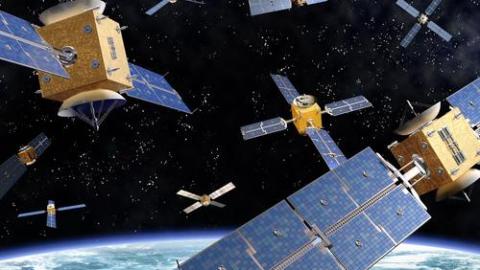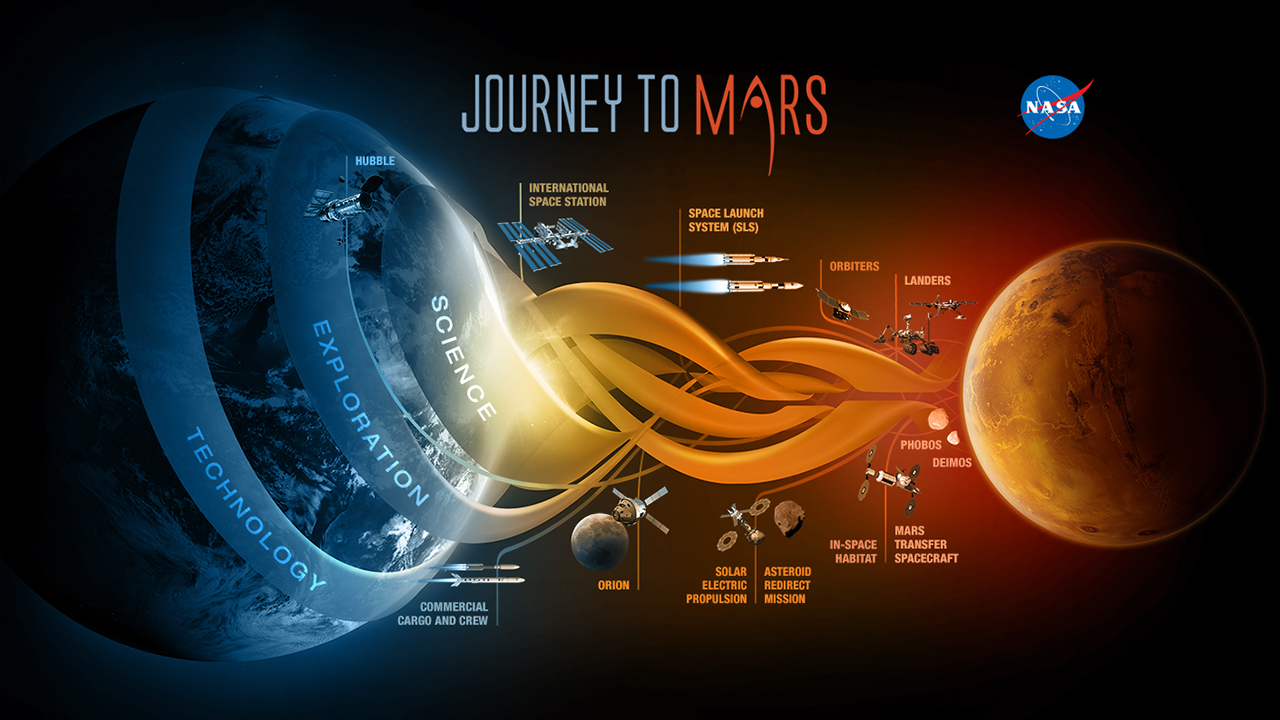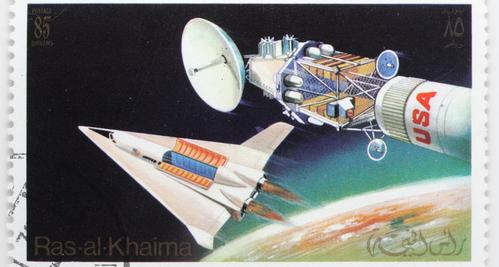How Consumer Electronics Will Drive Space Exploration

What’s the Latest Development?
Several space engineering companies are taking advantage of the power, size and price of modern consumer electronics to create a new generation of satellites. The British satellite manufacturer SSTL wants to use Microsoft’s Kinect system–motion-sensing hardware developed for the XBox platform–to make an “in-orbit proximity sensor and docking system.” Because the Kinect can create 3D maps of its surrounding area, the system could be used to create a new fleet of microsatellites that can connect and disconnect from each other when engineers order them to.
What’s the Big Idea?
Technology developed by space agencies has a tendency to trickle down into the civilian world, but now consumer goods are enabling a new generation of affordable space missions. The team working to build the Kinect satellite interface says the project could be the start of intelligent ‘space building blocks’, whereby smaller units can reconfigure themselves to create modular spacecraft. In the more immediate future, the technology could help create ‘snap-on’ auxiliary satellites that supply “backup power, propulsion or even additional on-board computing to another spacecraft.”
Photo credit: Shutterstock.com




